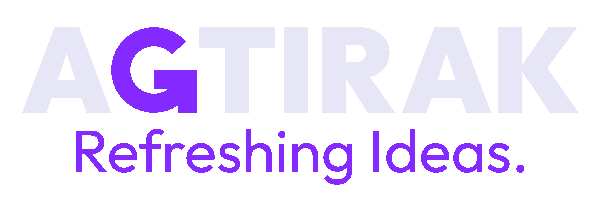Extended Reality: Revolutionizing Industrial Design
- Ahmet TIRAK
- Nov 25, 2023
- 3 min read
The world of industrial design is undergoing a profound transformation, driven by the rapid advancement of Extended Reality (XR) technologies. Encompassing Virtual Reality (VR), Augmented Reality (AR), and Mixed Reality (MR), XR offers a suite of immersive and interactive tools that are revolutionizing the way products are conceived, developed, and tested.

Reimagining the Design Process with XR
XR empowers industrial designers to transcend the limitations of traditional 2D design tools, enabling them to fully visualize and interact with their creations in a virtual environment. This immersive experience allows designers to:
1. Prototype with Precision:
XR tools enable the creation of highly realistic 3D prototypes, providing designers with an unprecedented level of detail and interactivity. Designers can virtually assemble components, test functionality, and refine designs in real time, significantly reducing the time and cost of physical prototyping.
2. Collaborate Seamlessly:
XR facilitates seamless collaboration among designers, engineers, and stakeholders from diverse locations. Virtual design reviews allow participants to interact with 3D models simultaneously, providing immediate feedback and refining designs collaboratively.
3. Enhance User Empathy:
XR allows designers to step into the shoes of their users through VR simulations. By experiencing products from the user's perspective, designers can gain a deeper understanding of user needs, behaviors, and potential pain points, leading to more user-centric designs.
4. Streamline Design Reviews:
XR streamlines design reviews by bringing together stakeholders in a virtual environment. Participants can interact with 3D models and provide feedback in real time, accelerating the design approval process.
5. Visualize and Test in Context:
XR allows designers to place virtual prototypes into real-world environments using AR. This provides valuable insights into how products will interact with their surroundings, ensuring optimal functionality and aesthetics in the intended context.
XR Applications in Industrial Design
XR is finding applications across the entire spectrum of industrial design, from concept ideation to manufacturing and beyond. Here are some examples:
1. Automotive Design:
XR tools are revolutionizing automotive design, enabling designers to experience virtual vehicles, test ergonomics, and visualize interior and exterior design elements in real-time.
2. Product Design:
XR is transforming product design across various industries, from consumer electronics to furniture and appliances. Designers can virtually assemble products, test functionality, and refine designs before committing to physical prototypes.
3. Packaging Design:
XR allows designers to create interactive packaging prototypes, enabling customers to virtually experience products and interact with packaging features before purchase.
4. Architectural Design:
XR is transforming architectural design, allowing architects to visualize and interact with virtual buildings in real-world environments. This facilitates better space planning, design optimization, and client communication.
5. Manufacturing and Training:
XR is enhancing manufacturing processes by providing virtual training for assembly, maintenance, and quality control. This reduces training costs, improves efficiency, and minimizes errors.
The Future of XR in Industrial Design
XR is poised to play an even more transformative role in industrial design in the future. As XR technologies continue to evolve, we can expect to see:
Hyper-Realistic Simulations: XR simulations will become increasingly realistic, blurring the lines between the virtual and physical worlds.
Haptic Feedback: XR devices will incorporate haptic feedback, allowing designers to experience the physical properties of virtual objects, enhancing the design process.
Artificial Intelligence Integration: AI will be integrated into XR tools, automating repetitive tasks and providing real-time design suggestions.
Conclusion
XR is revolutionizing industrial design, offering designers a suite of immersive and interactive tools that enhance the design process, improve collaboration, and deliver superior products. As XR technologies continue to advance, we can expect to see even more innovative applications that transform the way products are designed, developed, and experienced.



Comments